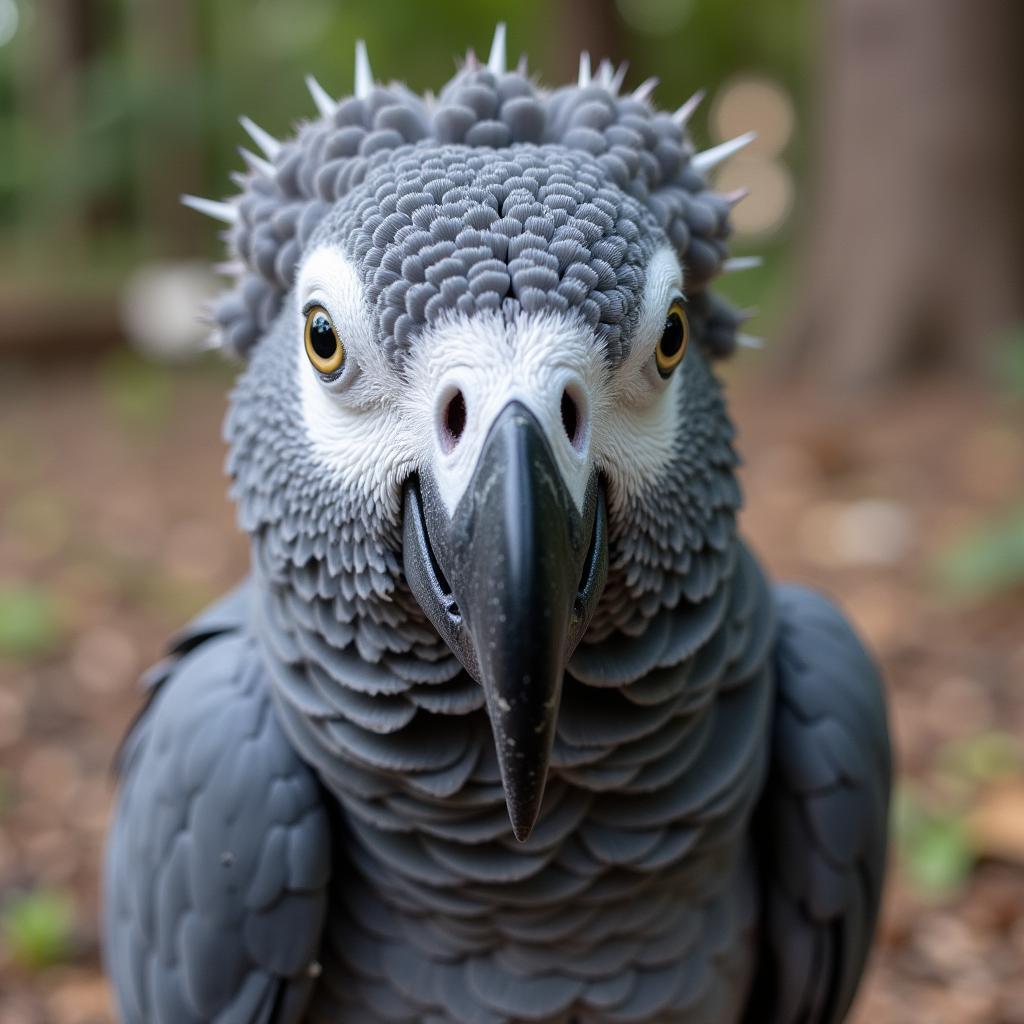African Animal Census: Unveiling the Secrets of the Wild
The African Animal Census plays a crucial role in conservation efforts across the continent. By meticulously tracking animal populations, researchers gain invaluable insights into the health of ecosystems and the effectiveness of conservation initiatives. This data empowers us to protect Africa’s magnificent wildlife for generations to come.
Understanding the Importance of the African Animal Census
Imagine the vast savannas of the Serengeti, teeming with wildebeest during the Great Migration, or the lush rainforests of the Congo Basin, home to elusive gorillas and forest elephants. These iconic animals, along with countless other species, face numerous threats, including habitat loss, poaching, and climate change.
The African animal census acts as a vital tool in the fight to protect these vulnerable populations. By conducting regular surveys, scientists and conservationists can:
- Monitor population trends: Tracking animal numbers over time helps identify species experiencing declines and those showing signs of recovery.
- Assess the impact of threats: Census data can reveal the severity of threats like poaching or habitat loss on specific animal populations.
- Evaluate conservation efforts: By comparing census data before and after conservation interventions, researchers can measure the effectiveness of their strategies.
- Inform policy decisions: Accurate population estimates provide policymakers with the information needed to make informed decisions about conservation priorities and resource allocation.
Methods Used in African Animal Censuses
Conducting an animal census in Africa’s diverse landscapes presents unique challenges. From the dense rainforests to the open savannas, researchers employ a variety of methods to obtain accurate population estimates:
1. Aerial Surveys:
These surveys, often conducted from low-flying aircraft, prove particularly useful for covering large and remote areas. Trained observers count animals directly or capture aerial photographs analyzed later for population estimates.
2. Ground Counts:
In areas with higher animal densities or where terrain makes aerial surveys difficult, researchers conduct ground counts. This method involves walking transects (predetermined paths) and recording all animals observed.
3. Camera Trapping:
Motion-activated cameras strategically placed along animal trails capture images of passing wildlife. This non-invasive method helps researchers identify individuals based on unique markings and estimate population densities.
4. DNA Analysis:
Collecting and analyzing animal droppings (scat) provides valuable genetic information. Scientists can use DNA analysis to identify individuals, estimate population size, and even track animal movements.
Challenges and Innovations in African Animal Censuses
Despite advances in technology and methodology, challenges remain in conducting comprehensive animal censuses in Africa:
- Vastness and remoteness of some areas: Accessing remote regions with difficult terrain can be logistically challenging and expensive.
- Animal behavior and detectability: Some animals are naturally elusive, making them difficult to count even with sophisticated methods.
- Limited resources and funding: Adequate funding and resources are crucial for carrying out large-scale censuses and implementing effective conservation strategies.
To overcome these challenges, researchers continuously innovate and refine census techniques:
- Drone technology: Unmanned aerial vehicles (drones) offer a cost-effective and versatile platform for conducting aerial surveys, even in challenging terrain.
- Artificial intelligence (AI) and machine learning: AI algorithms are being trained to analyze vast amounts of camera trap data, automating the process of identifying individuals and estimating populations.
- Community-based monitoring: Engaging local communities in data collection empowers them to contribute to conservation efforts while providing valuable insights into animal behavior and distribution.
The Future of African Animal Censuses
As technology advances and our understanding of animal ecology deepens, the future of African animal censuses appears bright. Integrating new technologies, engaging local communities, and fostering international collaboration will be essential to improving the accuracy, efficiency, and impact of these crucial surveys.
The data gathered from these censuses will continue to guide conservation efforts, inform policy decisions, and ultimately help safeguard Africa’s incredible biodiversity for generations to come. By understanding the importance of the African animal census and supporting the research behind it, we contribute to a future where both people and wildlife thrive.
Frequently Asked Questions about African Animal Censuses
1. How often are African animal censuses conducted?
The frequency of censuses varies depending on the species and location. Some populations are monitored annually, while others may be surveyed every few years.
2. What is the role of technology in African animal censuses?
Technology plays an increasingly important role in censuses, with tools like drones, camera traps, and AI algorithms improving data collection and analysis.
3. How can I support African animal conservation efforts?
You can support conservation by donating to reputable organizations, raising awareness about wildlife conservation, and making responsible choices as a consumer.
4. What are the biggest threats to African wildlife populations?
The biggest threats include habitat loss, poaching, climate change, and human-wildlife conflict.
5. How accurate are African animal census data?
While census data provide valuable estimates, challenges like animal detectability and logistical constraints mean there is always a margin of error. However, researchers strive to improve accuracy through continuous innovation and refinement of techniques.
6. What is the significance of community-based monitoring in animal censuses?
Community-based monitoring engages local communities in data collection, empowering them to contribute to conservation efforts while providing valuable local knowledge.
7. What is the long-term goal of African animal censuses?
The long-term goal is to ensure the survival of Africa’s diverse animal populations for future generations by providing essential data to guide conservation efforts and inform policy decisions.
Need Help with Your African Adventure?
Contact us today! Our team is available 24/7 to assist you with any questions or travel arrangements.
Phone: +255768904061
Email: kaka.mag@gmail.com
Address: Mbarali DC Mawindi, Kangaga, Tanzania
We look forward to hearing from you and helping you experience the magic of Africa.

